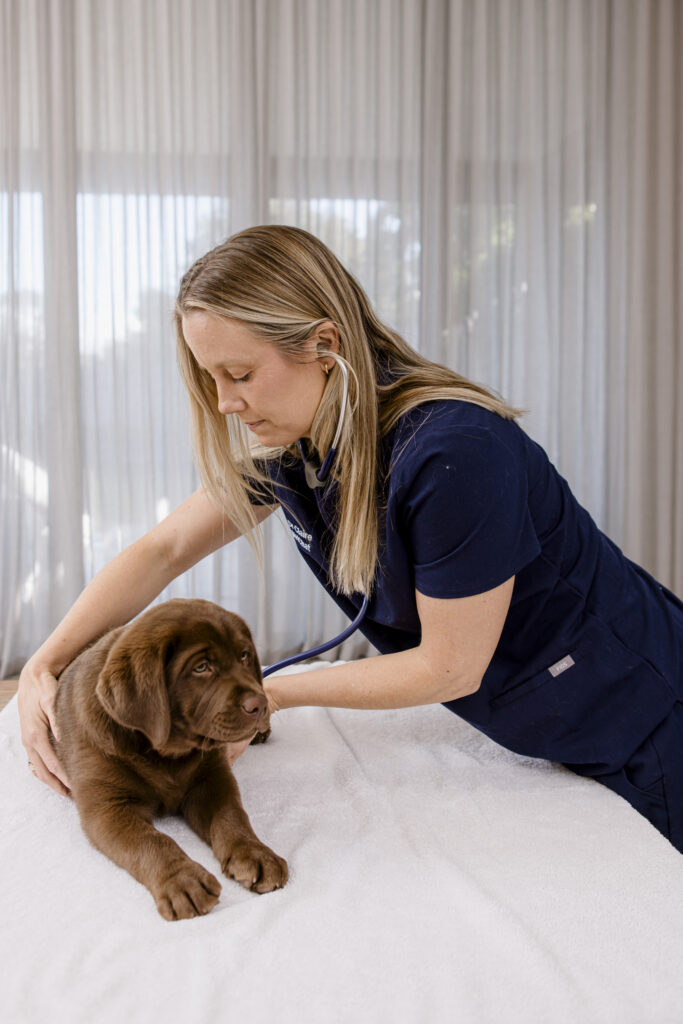Hip dysplasia in dogs: causes, signs, and how to help!

Hip dysplasia is a common orthopedic condition, especially in larger breeds, that can cause significant pain and mobility issues. Sadly, it can greatly affect your dog’s quality of life if not addressed early.
Causes
Hip dysplasia occurs when the hip joint doesn’t develop properly, leading to instability and excessive joint movement. Over time, this can cause damage, inflammation, and pain.
Several factors can contribute to the development of hip dysplasia, including:
- Genetics – a major risk factor
- Rapid growth during puppyhood
- Excess body weight
- Inadequate nutrition
- Breed predisposition – Labrador Retrievers, German Shepherds, Rottweilers, and other large breeds are particularly prone.
Signs
Symptoms can range from subtle to severe and may include:
- Difficulty rising or lying down
- Trouble getting into the car or onto furniture
- Reluctance to exercise or go for walks
- Limping or lameness (especially in the hind legs)
- “Bunny hopping” gait
- Pain or sensitivity in the hip area
If you notice any of these signs, book a vet appointment promptly for assessment and support.
Diagnosis and treatment
Diagnosis typically involves:
- A physical examination
- X-rays (radiographs)
- Advanced imaging if needed
Treatment goals are to reduce pain, improve mobility, and slow disease progression.
Options include:
- Non-surgical: weight management, low-impact exercise, physical therapy, joint supplements, and pain-relief medications.
- Surgical: in severe cases, procedures such as total hip replacement or femoral head ostectomy (FHO) may be recommended.
Prevention
While genetics play a large role, you can reduce the risk and severity of hip dysplasia by:
- Choosing a reputable breeder who screens for joint health
- Maintaining a healthy weight
- Feeding a balanced diet to support proper growth
- Providing regular, low-impact exercise to strengthen muscles and joints
Bottom line
Hip dysplasia can be challenging, but early recognition, proactive management, and preventive care can make a world of difference. With the right approach, dogs with hip dysplasia can still enjoy active, comfortable, and happy lives.